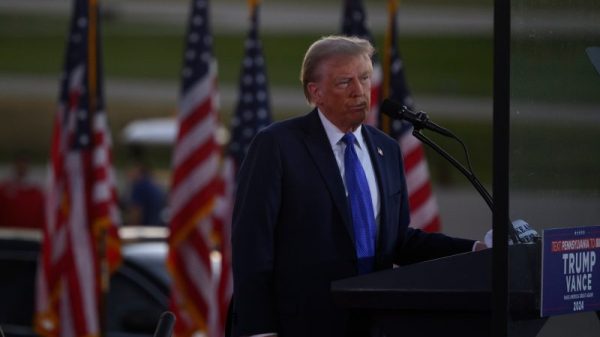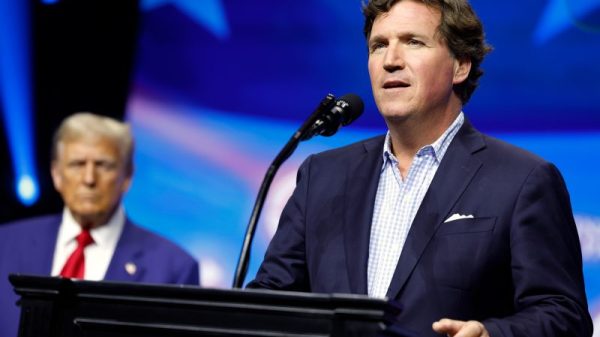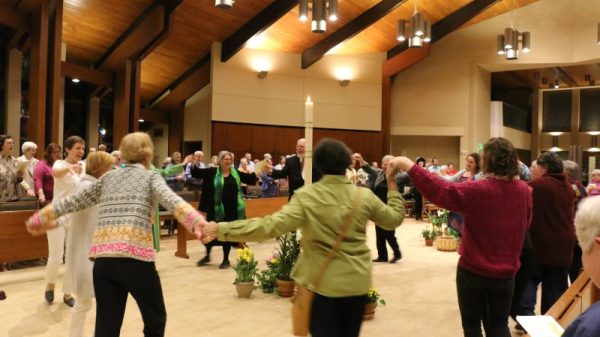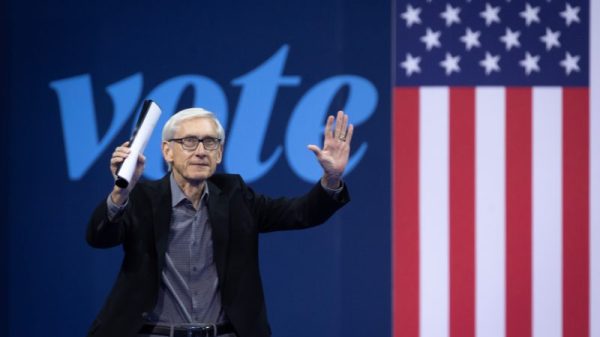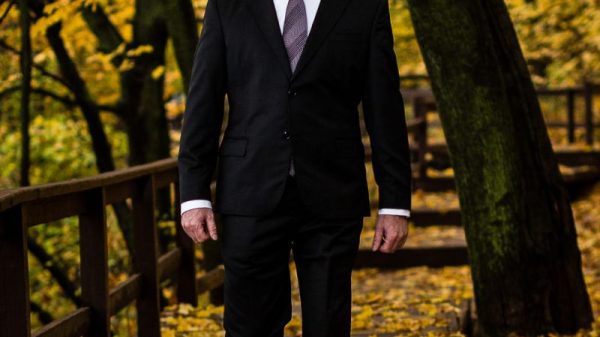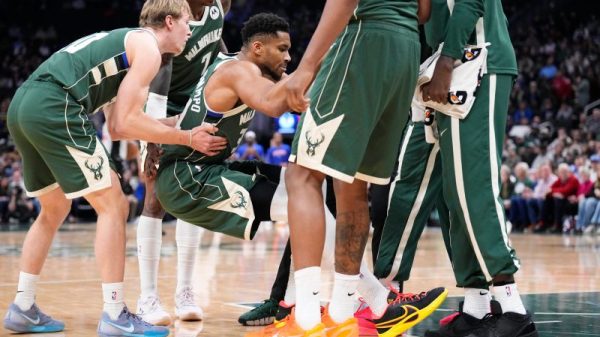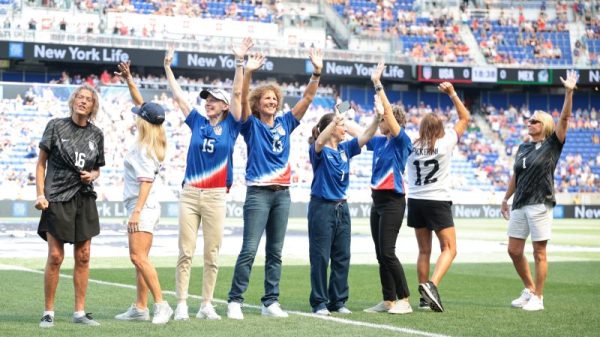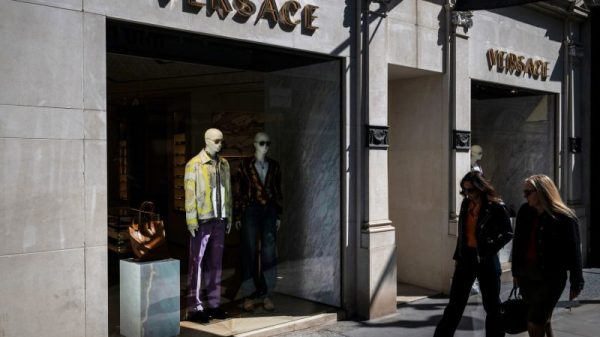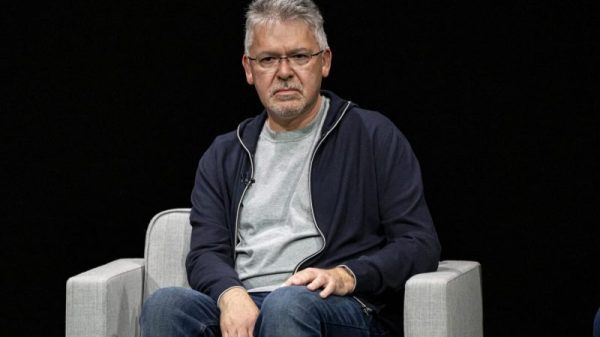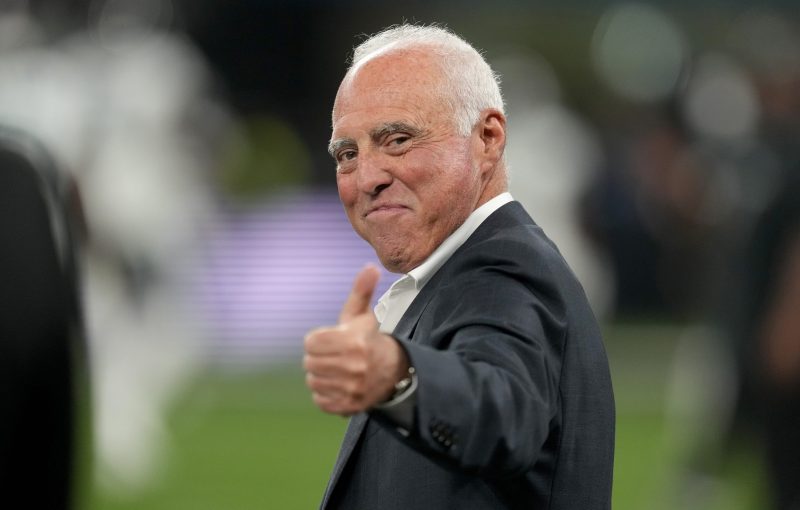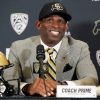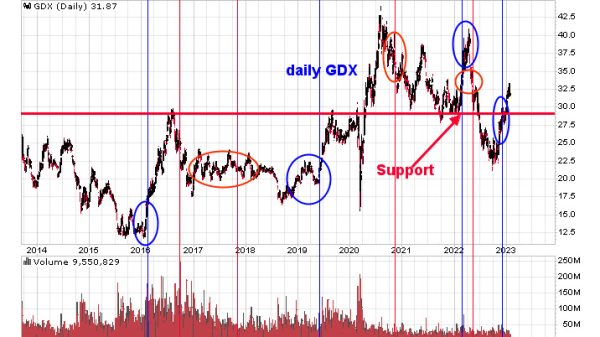According to a press release, the $50 million gift that will launch the Lurie Autism Institute (LAI) is ‘the largest single donation to U.S. academic medical centers focused on autism research across the lifespan.’
The Children’s Hospital of Philadelphia (CHOP), perhaps obviously, focuses its efforts in autism research with children, while Penn largely works with the adult community.
One of LAI’s main goals is to combine the work of CHOP and Penn and aid researchers in painting a broader picture of autism’s effects over a lifetime. As LAI Interim Director Dr. Dan Rader put it, the work they do will help researchers ‘better understand the condition, the heterogeneity, and how we can actually ultimately use the research to make a difference in their lives.’
In addition, the new institute and its funding will aim to incentivize other doctors and researchers — those not currently working on autism-related work — to join in supporting the work of CHOP and Penn Medicine. To that end, LAI will launch a certificate program from PhD trainees and postdocs called the ‘Next-Generation Program in Autism Bioscience,’ the press release said.
What are the goals for the Lurie Autism Institute?
‘This is a time when we’ve seen so many advances in neuroscience, genetics, imaging, molecular pathways, processes and artificial intelligence,’ Lurie told USA TODAY in an exclusive interview. ‘It’s opening up an entirely new world of possibilities for autism research.’
Both Rader and Lurie emphasized that a big part of LAI’s work will be determining how translational therapeutics might be effective in treating individuals on the spectrum, in part with the aid of the latest in artificial intelligence.
In other words, LAI’s efforts will consist of collecting data from existing and ongoing research and then, using new technology and AI, figuring out how that data can be translated into a form of treatment. That treatment, according to Lurie, could consist of repurposing certain drugs or gene editing.
‘The complex part of autism is there’s no single gene, there’s no single reason,’ Lurie said. ‘So it’s very research-based in order to get to the therapeutics.’
As LAI focuses largely on research, the clinical efforts at CHOP and Penn will continue and ‘likely expand’ in the wake of LAI’s launch, Rader said. Then, as those two organizations diagnose and work with more individuals on the spectrum, they could ‘recruit’ those individuals as ‘partners in the research to better understand this complex condition.’
In addition, Lurie said one of the main visions he has for LAI is to become a ‘catalyst’ for more worldwide funding and research to tackle the complexities of understanding autism.
As part of those efforts, the institute will host an annual international symposium and award a prize for autism research, according to the press release.
Lurie family has long history of autism research philanthropy
Lurie and his family are not newcomers to advocating for autism research and awareness.
“My brother is autistic. So for my family and me, we’ve been supporting the autism community for … decades,’ Lurie said. ‘That’s really where it all originated from.
‘My mother has really led the way over all these decades as the primary investor in autism research, and the rest of the family has followed suit. What I’ve done is just re-emphasize that over the decades, over the years.’
Lurie’s mother, Nancy Lurie Marks, founded the Nancy Lurie Marks Family Foundation (NLMFF) in 1977 to aid individuals with autism. In 2009, the NLMFF established the Lurie Center for Autism at Massachusetts General Hospital.
In 2018, Jeffrey Lurie started the Eagles Autism Foundation. And in 2019, the Eagles, the NFL team Lurie has owned since 1994, opened the NFL’s first in-stadium sensory room, ‘a dedicated space designed by medical professionals for those who may need a quieter and more secure environment,’ according to the team’s official website.
‘And wherever we go, whether it’s Brazil or the Super Bowl, we bring it along with us,’ Lurie said. ‘And (sensory-inclusive efforts have) become adopted by so many sports teams. It’s gratifying.’
Indeed, many sports teams across various leagues — MLB, MLS, the NBA and the NHL — have adopted similar sensory rooms and other tools. The Buffalo Bills, for example, offer sensory inclusion kits that include things like noise-canceling headphones and fidget toys to help make their games and events more inclusive to their neurodiverse fans.
Said Lurie: ‘I’ve always grown up in an atmosphere of acceptance and inclusivity, so when we have done things with the Eagles like we do with different organizations … we want to try to create inclusive atmospheres for autistic people no matter if they’re young or old.’
Increased efforts in autism research now ‘more important than ever’
The topic of autism research on a national level has gained steam in recent months. That has been inspired in part by U.S. health secretary Robert F. Kennedy Jr. — who in the past has promoted scientifically discredited theories that autism is linked to childhood vaccines — declaring in April that the U.S. will find the cause of autism by September.
As part of those efforts, Kennedy announced ‘a massive testing and research effort’ that will ‘involve hundreds of scientists from around the world.’
An HHS official told USA TODAY in late April that the National Institutes of Health (NIH) is using $50 million to invest in autism research. Other efforts headed by NIH — namely launching a real-world data platform using public data from federal agencies and data collected from private sector sources like smart watches and fitness trackers — and lack of clarity surrounding those efforts have resulted in heightened privacy concerns.
‘The use of registries and registry data in general can be a valuable tool in helping to understand the causes of diseases and disorders, but in this case, the lack of clarity around how data will be collected, shared, maintained and tested for accuracy raises red flags,’ a statement from the Autism Science Foundation read.
Despite the relevant timing, the launch of the LAI is not an event that is happening in response to Kennedy and the HHS’s recent initiative, Lurie clarified.
‘This notion of merging CHOP and Penn — I’ve been looking for where to do this for about three years,’ he said.
‘It just came to be probably about two years ago, and we’ve been talking ever since of how to make this great. So, no, it had nothing to do with anything else but trying to impact the lives of those with autism with all these new technologies and discoveries as best as possible.’
That doesn’t take away from the significance of the timing, says Rader.
‘There’s a lot of confusion right now about what are the causes of autism, what should we be doing about it, how might we better prevent it,’ he said. ‘It’s more important than ever to bring this information together in a synthetic way that allows us to really better understand this complex condition.
‘So, I think, yes, the rationale for this got even greater over the last few months.’
Kinsey Crowley contributed to this report.

